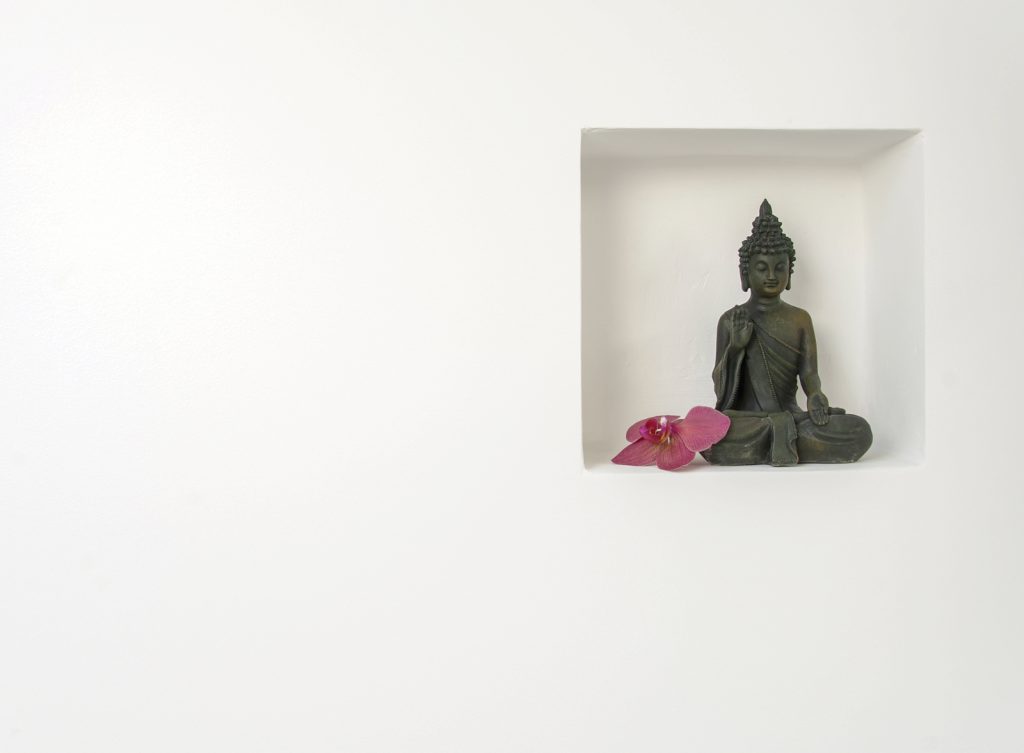You ask a good and relevant question. Various aspects of Buddhism have been coopted by mainstream culture in the last fifty or so years, and Buddha statues appear anywhere from gardens to shop windows to planters by the side of pools.
The Buddha himself discouraged his followers from venerating him. He insisted that their focus should be on living “uprightly in the dharma” and that only in this way would they most highly respect and venerate him. Despite this, after his death—most likely in the first few hundred years of the common era—Buddha statues and images began to appear in artistic centers such as Gandhara, in modern-day Afghanistan, and in Mathura, in northern India. Since then, all kinds of statues have been created from wood, stone, and bronze, along with images on paper, canvas, and so on.
The question whether an image is appropriate or offensive is somewhat subjective, just as it is in other religious traditions. One person may find a crucifix offensive; another may find it deeply moving. However, when reflecting on this question, we could turn to the Buddha’s own teachings for guidance. He once said he taught only the truth of suffering and its alleviation. So we could ask ourselves, does owning a Buddha statue help to alleviate suffering or does it compound it?
In Zen, we consider Buddha images to be reminders of the fact that we have the potential to realize our awakened nature, just as Shakyamuni Buddha did. So when we bow to a Buddha statue, we’re bowing not to anyone higher than or apart from ourselves but to our own awakened nature. We can use a statue as a teaching and a source of inspiration, while remembering not to confuse what the Buddha taught with the form in front of us.
Another way to think about this is in terms of skillful means, which take into consideration time, place, position, and degree. A Buddha statue is perfectly appropriate in a Buddhist temple, but it may be offensive—or at the very least, insensitive—when used as bathroom decoration, or as an image for a car advertisement, for example. A statue is never just a piece of stone or wood. An image is never just lines on paper. Both are infused with meaning within a particular context, and that meaning will be different for different people. Given this, a good rule of thumb is to treat these religious images with respect and the same wisdom and compassion that they represent.
If, after some reflection you decide to dispose of a statue you own, consider offering it as a gift to someone who can benefit from it. The 13th-century Zen teacher Dogen Zenji once said, “In giving, mind transforms the gift and the gift transforms mind.” Ultimately, this is the most important thing we can do: to approach our lives in a spirit of generosity and with the intent to benefit all beings and not harm them. This is what the Buddha taught, and what he would want for all of us.
Thank you for subscribing to Tricycle! As a nonprofit, we depend on readers like you to keep Buddhist teachings and practices widely available.
